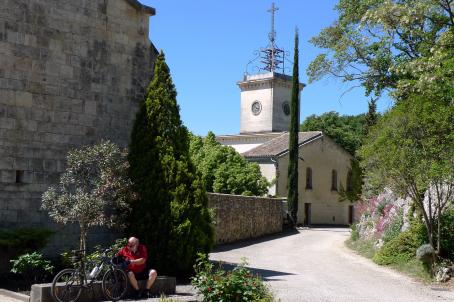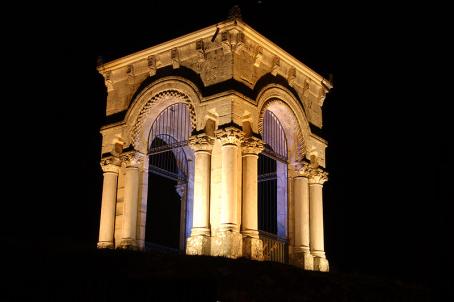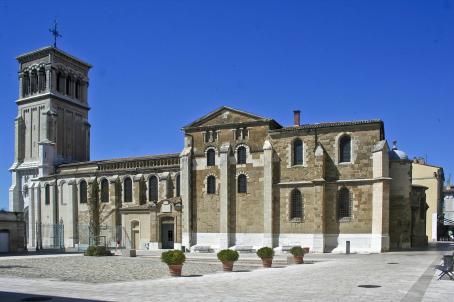Church of Saint-Vincent
From the ecclesiastical point of view, the village is a foundation (before the 10th century) of the church of Viviers on the former Gallo-Roman estate. Saint-Vincent was the seat of a barony with jurisdiction over the surrounding parishes. In 1020 (?) the canons of Viviers exchanged with the monks of Cluny, the church of Saint-Vincent-de-Barrès for that of Meysse.
About this building
Single-ship elongated plan church. A bell tower surmounts the entrance facade; Sober and simple Romanesque architecture. The church stands above ancient medieval fortifications.





